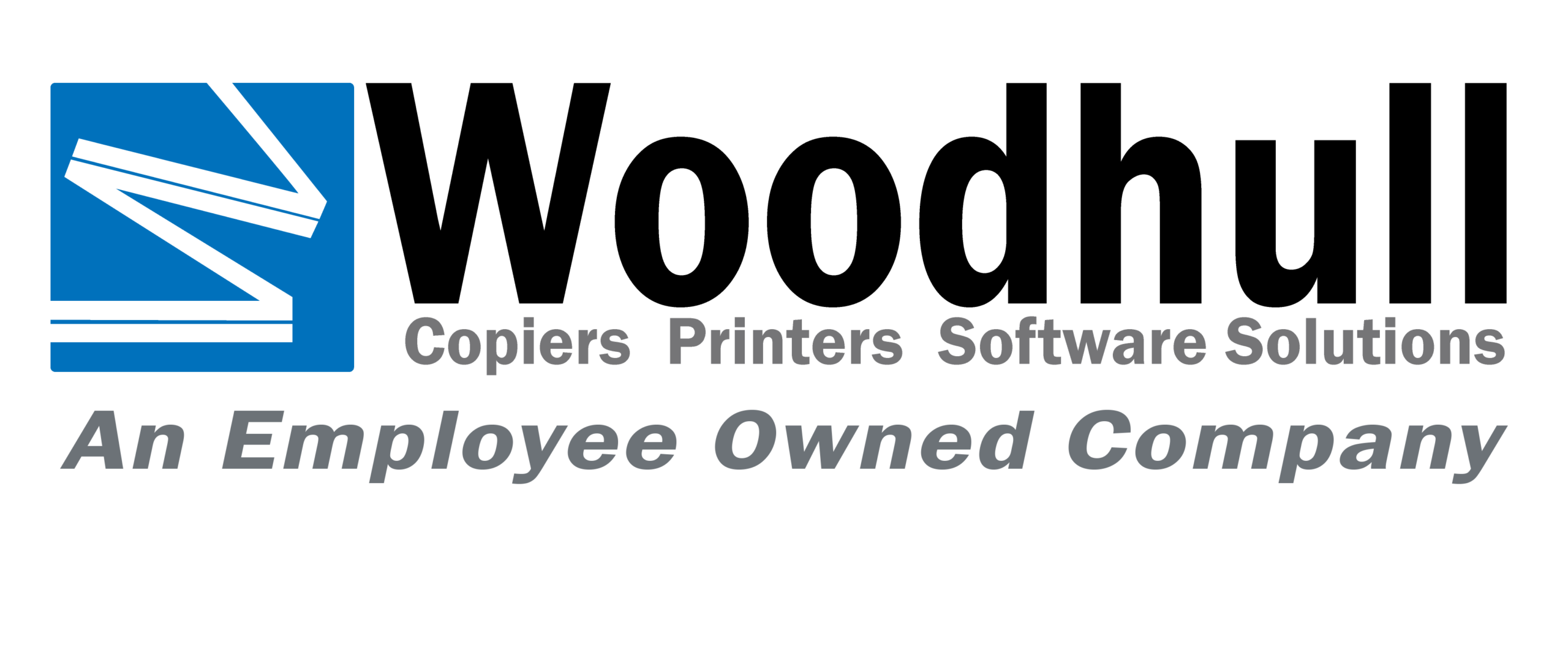In today’s fast-paced business environment, document management is more crucial than ever. Companies of all sizes handle a vast amount of paperwork daily, from contracts and invoices to presentations and reports. Efficiently managing these documents is essential for maintaining productivity, improving collaboration, and ensuring compliance.
This is where document software comes in. These tools help businesses streamline document creation, storage, retrieval, and sharing. However, not all document software is created equal. To truly optimize document management, it’s important to choose software that can be tailored to your specific needs. This article delves into the importance of customization capabilities in document software and provides a comprehensive guide on how to tailor it to your unique business requirements.
Why Customization Matters
Customization is the key to unlocking the full potential of your document software. It enables you to mold the software to fit your workflow rather than forcing your workflow to adapt to the software. Here are some of the key benefits of customizing your document software:
- Improved Efficiency – By customizing your software to align with your business processes, you eliminate unnecessary steps, automate repetitive tasks, and streamline workflows. This saves time and reduces the risk of errors.
- Enhanced Collaboration – Customization enables you to set up user roles and permissions, ensuring that the right people have access to the right documents at the right time. This fosters seamless collaboration and boosts productivity.
- Increased Compliance – Tailoring your document software to meet industry-specific regulations and internal policies helps ensure that your documents are always compliant. This reduces the risk of legal issues and financial penalties.
- Better User Experience – A customized software solution is more intuitive and user-friendly, leading to higher adoption rates and greater user satisfaction.
- Cost Savings – By optimizing your document management processes, you can reduce printing and storage costs, minimize the risk of lost or misplaced documents, and streamline document retrieval.
Key Customization Features to Look For
When evaluating document software, it’s crucial to consider the customization capabilities it offers. Here are some of the key features to look for:
- Custom Fields and Metadata – The ability to create custom fields and metadata allows you to capture and organize information that is specific to your business. This makes it easier to search for and retrieve documents based on relevant criteria.
- Customizable Templates – Pre-built templates can save time and ensure consistency in document creation. However, the ability to customize these templates to match your branding and formatting requirements is essential.
- Workflow Automation – Automating document routing, approvals, and notifications can significantly improve efficiency and reduce manual intervention. Look for software that allows you to create custom workflows based on your business rules.
- Integration with Other Systems – Seamless integration with other tools like CRM, ERP, and email systems is essential for maintaining data consistency and eliminating the need to manually transfer data between different applications.
- User Roles and Permissions – The ability to define user roles and permissions ensures that sensitive information is protected and that only authorized personnel can access specific documents.
- Reporting and Analytics – Custom reports and dashboards can provide valuable insights into document usage, workflow efficiency, and compliance.
How to Tailor Document Software to Your Needs
Once you’ve chosen document software with robust customization capabilities, it’s time to start tailoring it to your specific requirements. Here’s a step-by-step guide:
- Define Your Requirements – Start by clearly defining your document management needs. Consider your current pain points, desired outcomes, and specific use cases. Involve key stakeholders from different departments to gather comprehensive input.
- Map Your Workflows – Document your existing document workflows, identifying bottlenecks, redundancies, and opportunities for improvement. This will help you determine how the software can be configured to streamline your processes.
- Customize Fields and Metadata – Create custom fields and metadata that capture relevant information for your business. This could include project codes, client names, document types, or any other data that is important for your document management.
- Design Custom Templates – Develop templates that adhere to your branding guidelines and formatting requirements. This ensures consistency in document creation and saves time.
- Set Up Workflows – Configure automated workflows based on your business rules. Define the steps involved in document routing, approvals, and notifications.
- Integrate with Other Systems – If applicable, integrate your document software with other tools like CRM, ERP, or email systems. This enables seamless data transfer and eliminates manual data entry.
- Define User Roles and Permissions – Assign user roles and permissions to ensure that sensitive information is protected and that only authorized personnel can access specific documents.
- Create Custom Reports – Develop custom reports and dashboards that provide meaningful insights into document usage, workflow efficiency, and compliance.
- Train Your Team – Provide comprehensive training to your team on how to use the customized software effectively. This ensures smooth adoption and maximizes the benefits of the software.
When choosing document software, carefully evaluate the customization capabilities it offers. Look for features like custom fields, customizable templates, workflow automation, integration capabilities, user roles and permissions, and reporting and analytics.
Once you’ve selected the right software, follow a systematic approach to customize it to your unique requirements. Define your needs, map your workflows, create custom fields and templates, set up workflows, integrate with other systems, define user roles, create reports, and train your team.
By investing the time and effort to customize your document software, you can transform it into a powerful tool that streamlines your document management processes, improves productivity, and contributes to your overall business success.
